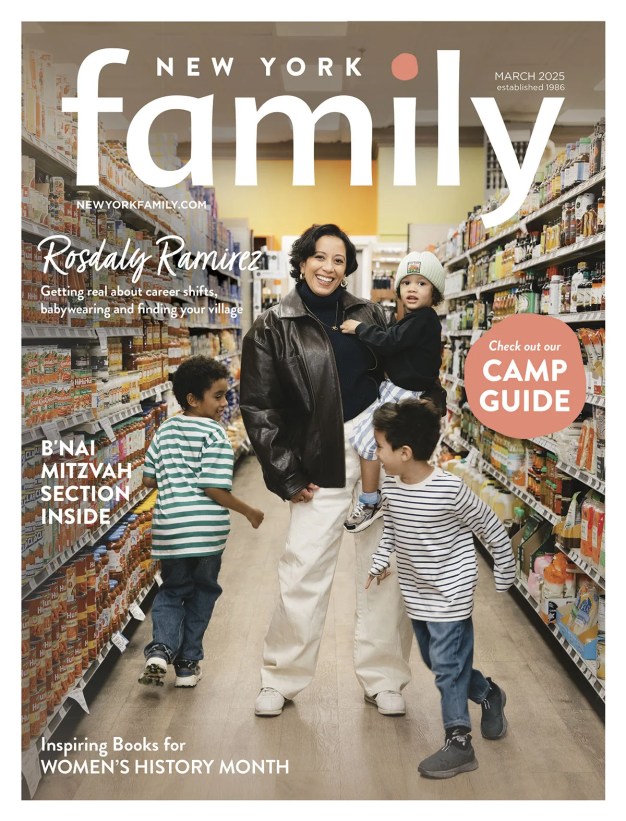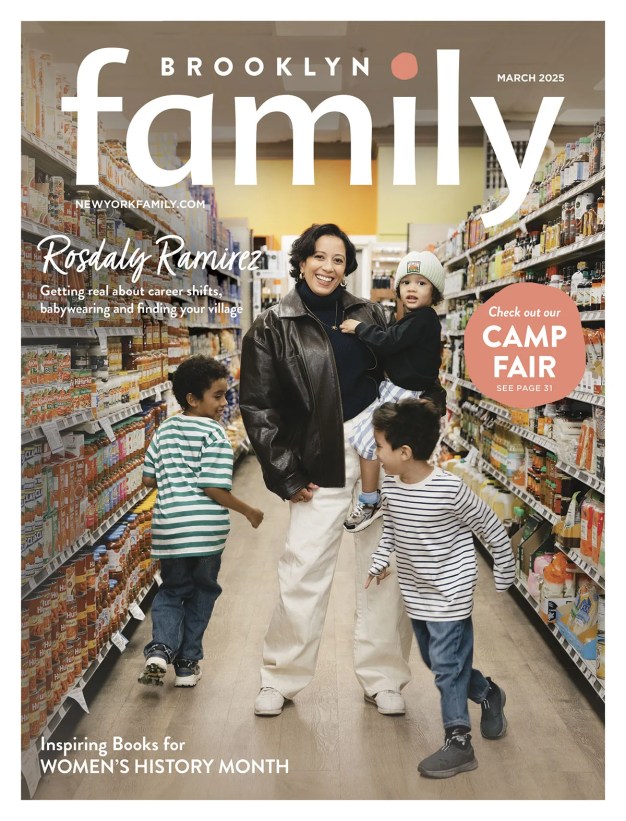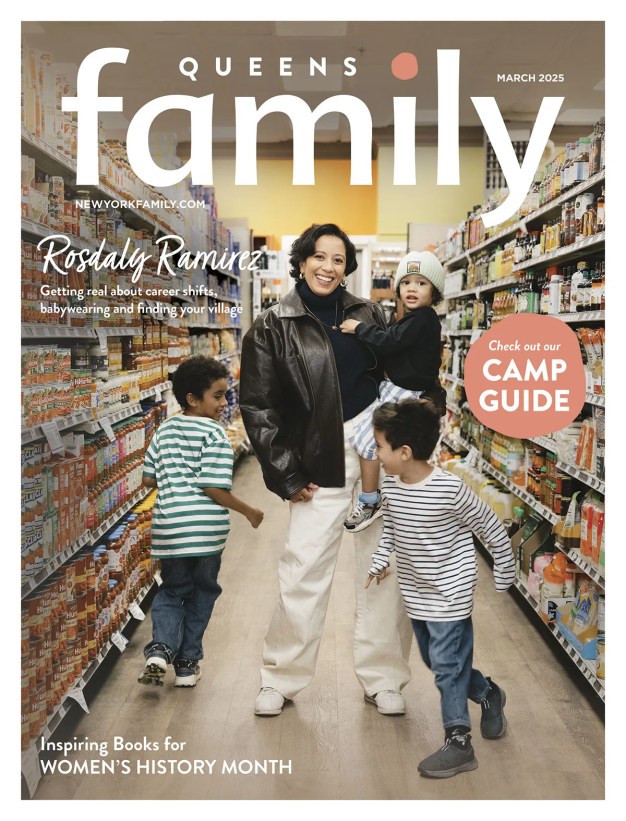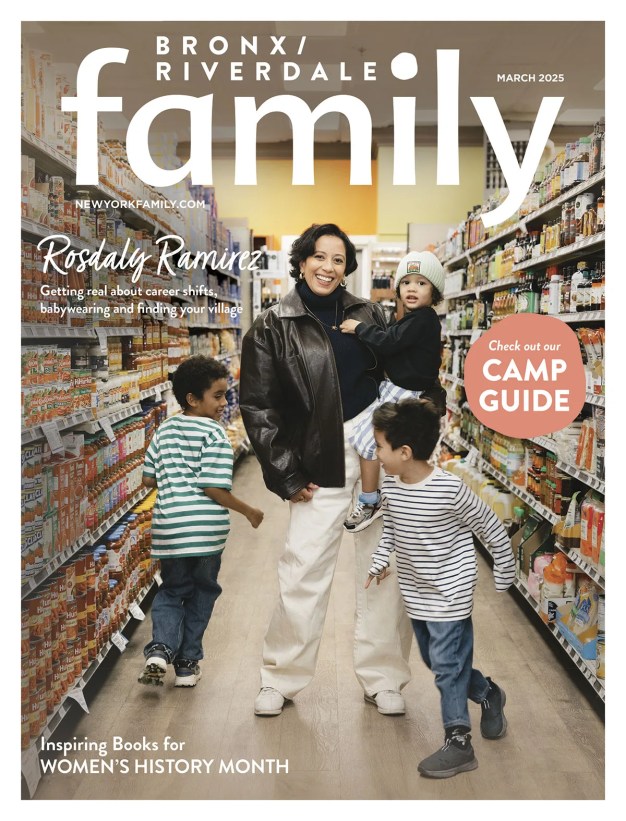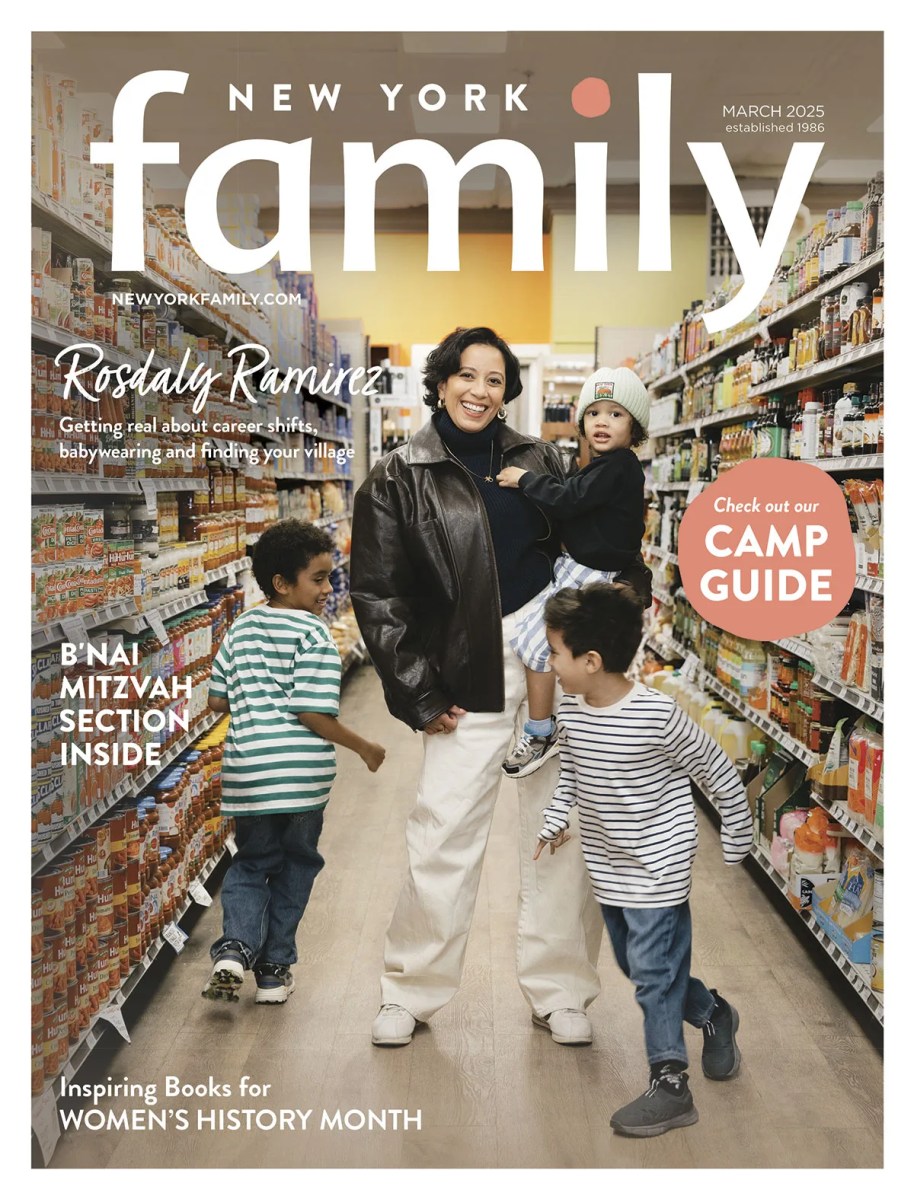Eighty percent of Americans live in a county that’s been hit by a weather-related disaster—but only about half of us have emergency supplies in place, according to the Federal Emergency Management Agency. Don’t be unprepared! Compile the items in this FEMA-approved list and keep them in a secure, dry place; they’ll help keep your family safe and comfortable in the case of an adverse event.
Water
Aim for 1 gallon of water per person per day for at least three days. “You’ll use this not just for hydration, but also for things like sanitation, brushing your teeth, and possibly cooking,” says Joie Acosta, a senior behavioral scientist at RAND Corporation who specializes in disaster preparedness and building community resilience.
Food
Gather at least a three-day supply of nonperishables (plus formula if you have a formula-fed baby). “Include foods your family likes,” Acosta says—it boosts morale. If your stash includes canned foods, make sure to have a can opener.
Battery-powered or hand crank radio and a National Oceanic and Atmospheric Administration Weather Radio
You won’t be dependent on your cellphones, TVs, or the Internet to get the big picture as to what’s going on.
First aid kit
Buy one or assemble your own so you can treat minor ailments and injuries without leaving home. The Red Cross recommends the following items for a family of four:
- 2 absorbent compress dressings (5-by-9 inches)
- 25 assorted adhesive bandages, one adhesive cloth tape (10 yards by 1 inch)
- 5 antibiotic ointment packets (about 1 gram each)
- 5 antiseptic wipe packets
- 2 packets of aspirin (81 mg each—do not give aspirin to a child unless under doctor’s instructions)
- 1 blanket
- 1 breathing barrier with one-way valve
- 1 instant cold compress
- 2 pairs of non-latex gloves (large size)
- 2 hydrocortisone ointment packets (about 1 gram each)
- scissors
- 1 roller bandage (3 inches wide)
- 1 roller bandage (4 inches wide)
- 5 sterile gauze pads (3-by-3 inches)
- 5 sterile gauze pads (4-by-4 inches)
- oral thermometer (non-mercury and non-glass)
- 2 triangular bandages
- tweezers
- a first aid instruction booklet
Flashlight with additional batteries
If the power’s out, you’ll still be able to see at night—and to comfort your children if they’re afraid of the dark.
Whistle
It can be used to alert first responders and others to your location.
Pliers or a wrench
“If a pipe bursts or a gas line is leaking you’ll be able to shut them off,” Acosta says.
Moist towelettes, garbage bags, and plastic ties
Your toilets may not work if the water and/or power go out—these items can be used for personal sanitation.
Plastic sheeting, duct tape, and a dust mask
“The dust mask will help you filter any debris, and the plastic sheeting and tape can patch up any areas of your home that are leaking, to help prevent mold,” Acosta says.
Maps of your local area
“If your GPS goes down, are you confident you can find your way out of town?” Acosta asks.
Looking to round out your emergency kit?
Acosta recommends extra keys for the house and car, and copies of important financial and personal documents (these can also be digitized), along with documentation of any prescription drugs family members take.
